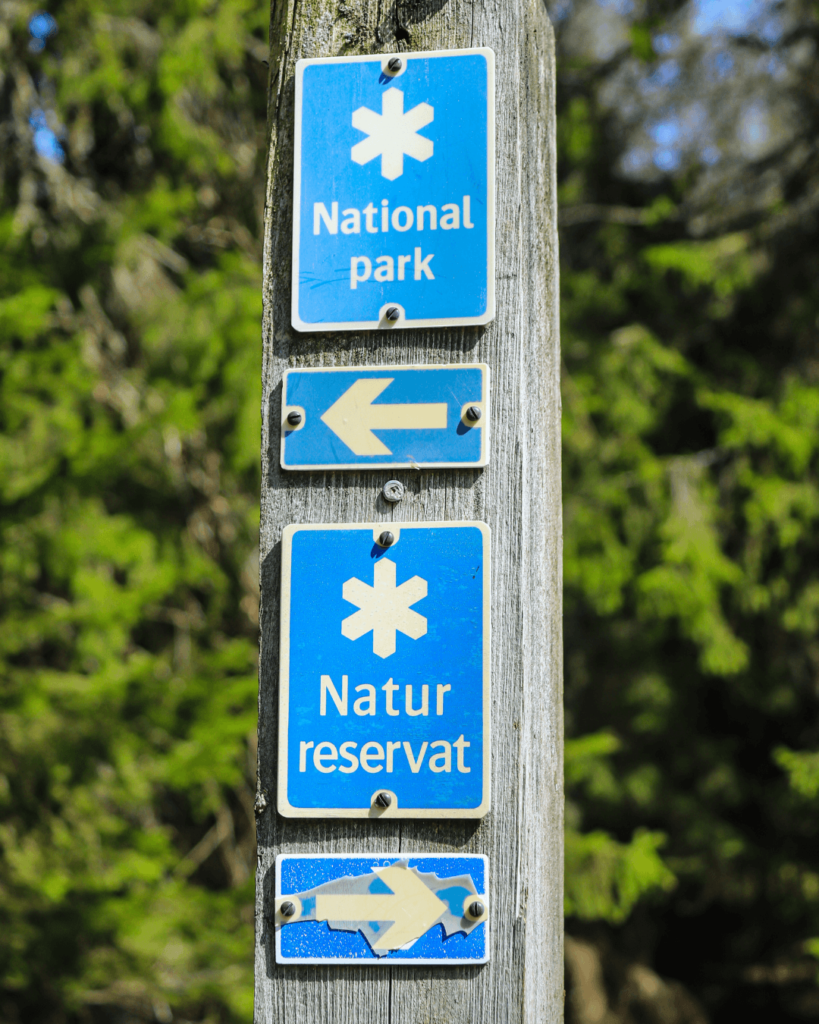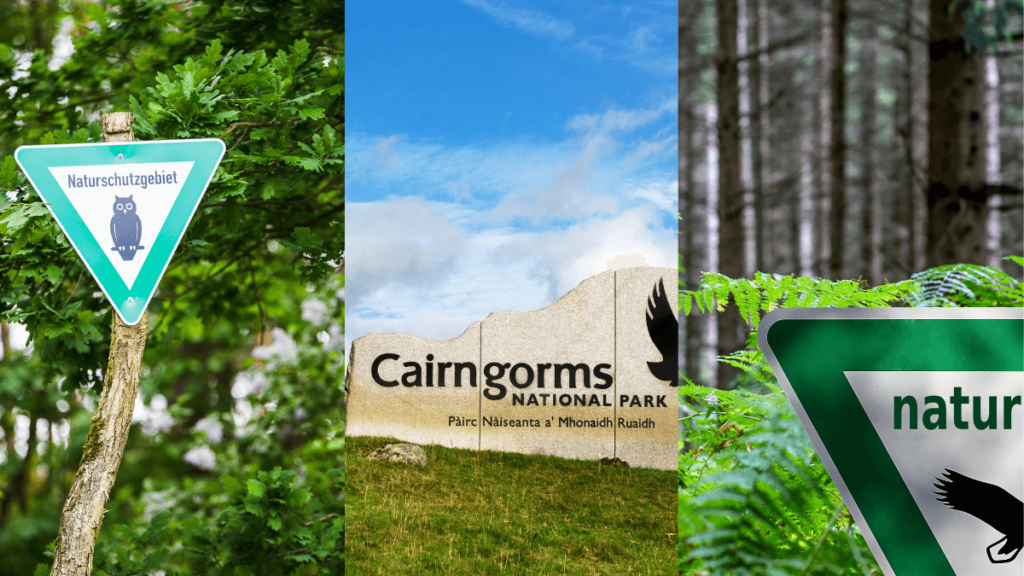A new study shows that most countries in the European Union are likely to miss the target of the EU Biodiversity Strategy: Ten percent of the European Union’s land must be strictly protected by 2030. According to researchers at the University of Bologna, this currently applies to just 3.37 percent.
In order to protect Europe’s biodiversity and ecosystems more strongly, in 2020 the EU agreed on the Biodiversity Strategy 2030 with the goal of turning around 30 per cent of the EU into protected areas by 2030, ten per cent even with strict protection – i.e. free from disturbance by human activities such as mining or deforestation.
Sobering conclusion: so far only 3.37 percent of EU’s surface under strict protection
How far have we come towards this 10 per cent target? A team of scientists from the University of Bologna has now investigated this. With sobering results: There are currently 9,382 strict protected areas in the EU with a total area of 139,153.38 square kilometres. This corresponds to about 3.37 percent of the EU’s surface area. With the exception of Luxembourg and Sweden, no EU state has yet reached the 10-percent hurdle, according to scientists.

Protected areas also are currently distributed very unevenly among the EU member states. While Luxembourg has 36.3 percent of its territory under strict protection, Germany counts just 0.6 percent. Only Denmark with 0.2 per cent and Belgium with 0.1 per cent have even less.
Strictly protected areas are currently hardly usable by humans anyway – instead, the entire range of European landscape types should be protected.
University of Bologna research team
Moreover, the scientists found that the strictly protected areas are primarily located where no conflicts with human land use are to be expected anyway: for example at high altitudes or on steep slopes. In Germany, for instance, five percent of all alpine areas are strictly protected, but only 0.6 percent of the lowlands and 0.3 percent of the marine areas.
Europe’s Rangers will be in demand for implementation of EU Biodiversity Strategy
However, implementation would require significantly more staff to oversee compliance with the protected status, to moderate conflicts of use and to bring the population along on the path to strict protected status – for example, through projects such as Junior Rangers, community projects or simply guided tours through the protected areas. Europe’s rangers, in particular, will be in demand here. Currently, there are far too few of them and other nature conservation staff worldwide, as a study on the staffing of protected areas recently showed: according to it, there must be five times as many staff as rangers in order to achieve the global nature conservation goals.
Copyright header photo collage: caughtinthe/Getty Images, Rixie, Teka 77/Getty Images; all via Canva.com
This content is sponsored by


